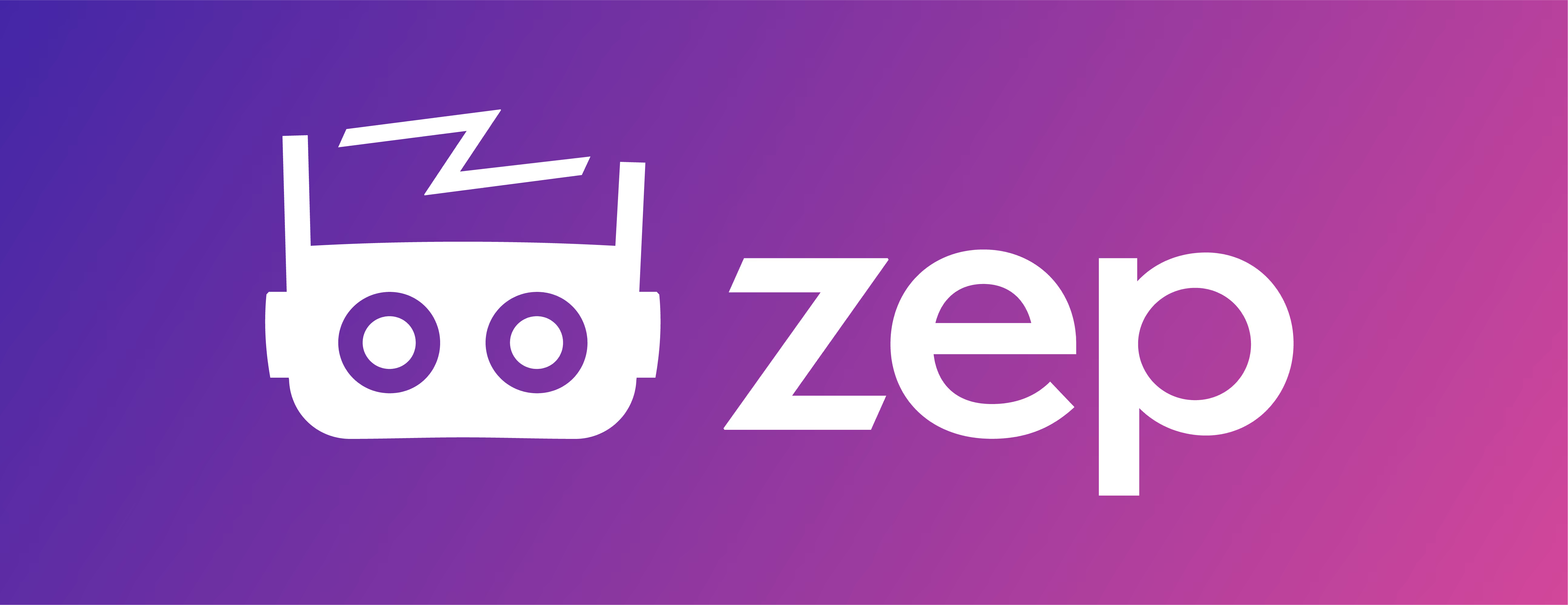
Zep AI envisions a future where artificial intelligence systems possess deep, enduring understanding and context, transforming them into genuinely personalized and effective collaborators. At the heart of this vision is the mission to build AI's foundational context engineering layer, empowering AI agents to learn dynamically from ongoing interactions and evolving knowledge.
By pioneering innovative temporal knowledge graph technology, Zep AI is creating a platform that brings continuity and historical depth to AI memory, enabling unparalleled accuracy and insight in AI-driven decision-making. This platform serves as the backbone for a new generation of intelligent agents that can adapt and grow alongside the users and data they serve.
Through seamless integration with leading AI frameworks and a commitment to open-source innovation, Zep AI is driving the advancement of AI memory capabilities that unlock new possibilities across industries—from healthcare to business intelligence—ushering in a smarter, more responsive AI future.
Our Review
We've been tracking Zep AI since their Y Combinator debut, and honestly, they're tackling one of the most overlooked problems in AI development. While everyone's obsessing over making models bigger and faster, Zep is asking a more fundamental question: what good is a smart AI if it can't remember what you talked about yesterday?
Their approach feels refreshingly practical. Instead of reinventing the wheel, they've built something that actually works with the tools developers are already using.
The Memory Problem We Didn't Know We Had
Here's what caught our attention: most AI agents are essentially goldfish with PhD degrees. They're brilliant in the moment but forget everything the second your conversation ends. Zep's Graphiti framework changes that by creating what they call a "temporal knowledge graph" — basically giving AI agents the ability to build and recall memories over time.
The numbers are pretty compelling. They're claiming 100% accuracy improvements and 90% latency reductions compared to existing solutions. That's the kind of performance jump that makes developers pay attention.
Why Developers Actually Want This
What we love about Zep is how they've made integration almost embarrassingly easy. If you're already using LangChain (and who isn't these days?), adding Zep's memory layer is basically plug-and-play. No need to rebuild your entire architecture or learn a new framework.
The customizable memory windows are particularly clever. Different use cases need different memory strategies — a customer service bot shouldn't remember everything forever, but a personal assistant probably should. Zep lets developers tune this precisely.
Real-World Traction
We're seeing companies like FlockX and Athena Intelligence actually using this in production, which tells us it's more than just a cool demo. The healthcare applications are especially interesting — reducing bias while improving outcomes is exactly the kind of responsible AI development we need more of.
At $2.3 million in funding, they're still early-stage, but Daniel Chalef seems to understand that successful AI infrastructure companies win by making developers' lives easier, not harder. That's a solid foundation to build on.
Intelligent Learning from User Interactions
Easy Integration with Popular AI Frameworks (e.g., LangChain)
Customizable Memory Windows
Temporal Knowledge Graph-based Memory Layer
Graphiti Open-Source Temporal Knowledge Graph Library







